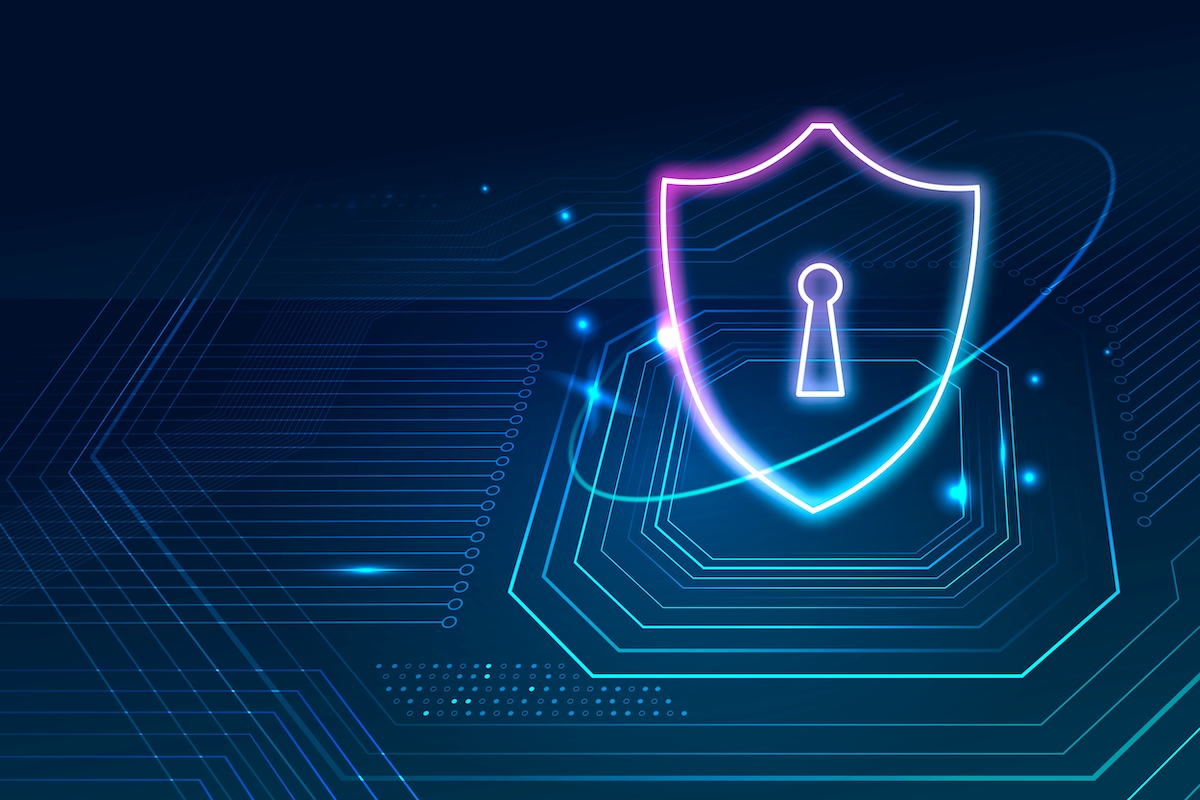Five Guiding Principles for Industrial IoT Security | SPONSORED
The rise of the Internet of Things (IoT) is like the advent of the Internet all over again. From the perspec- tive of new business models and process transformation, IoT applications are perhaps even greater than what the Information Superhighway brought us a few decades ago. The universal connectivity of devices and ongoing innovation borne from access to real-time data is driving economic efficiency and growth. Impactful results across verticals and markets are already being witnessed – from the introduction of self-driving cars communicating with peers in a connected city, to self-regulating patient care from medical devices at any time and from any location. More about Vulnerabilities in Smart Alarms and Cars Hijacking.
In theory, IoT has the promise to be more secure than traditional IT, where humans and manual processes are typically the weakest link in the environment. That said, once a breach occurs within a machine-controlled network, the potential damage is exponentially more powerful, disruptive, and damaging. Not only can IoT devices be misused, but hackers can also compromise or sabotage data, triggering actions that are erroneous and destructive.
While the promise of greater security is present, reflecting on the naiveté of the early Internet should also serve as a warning for today’s IoT aspirations. As the Internet became mainstream, developers and users were not focused on the nuances of conducting business online or the potential for malicious actors to hijack the web. The results of those oversights still impact today’s web. A continuously evolving threat landscape relentlessly hammers away at the Internet’s infrastructure and systems, often capitalizing on those whose foundations are inherently insecure.
The promise of IoT security rests in our willingness to learn important lessons from our experience in IT security and applying them to both the unique requirements and anticipated needs of the IoT. The potential of IoT security hinges on our ability to build a solid foundation across the IoT ecosystem, consisting of devices built with security and the necessary properties to ensure it endures.
The most enthusiastic sector to embrace the Internet of Things in a transformational way is the industrial sector. The Industrial IoT (IIoT) offers immense potential for an array of niches such as automotive, healthcare, energy, and aerospace. However, the cost of a breach in these domains is irrevocably high. It’s one thing to have hackers infiltrate your laptop; it’s another to have them compromise your medical device, your car, or the airplane you travel on. It’s not hard to find evidence that the security risks within the IIoT are real. Two fast-moving verticals, medical devices and connected vehicles, paint an accurate picture of the current and future state of security issues for the IIoT.
Download this white paper sponsored by Keyfactor to find out more about the industrial iot ups and ante for medical devices and connected vehicles, what are the 5 guiding tenets for IoT Security, how Public Key Infrastructure (PKI) for IoT can help or what is Keyfactor Control.
Further Reading: Securing IoT Medical Devices



